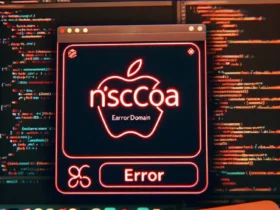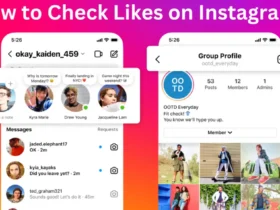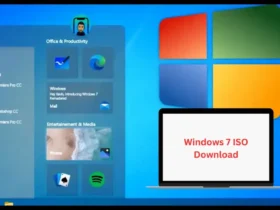When Is It Time to Start Using Project Management Software?
Deciding on the best time to start using project management tools might not seem straightforward, especially if you’ve adjusted to using simple cloud-based tools and basic software to communicate. During the early stages, transitioning to developed tools may not feel necessary, however, project management software provides many hidden benefits that are likely to increase your team’s productivity.
There’s no doubt about it; project managers can be a major saving grace. But with project management, it’s always better to start off on the right foot than to have to clean up an unorganized task list halfway through completion. Here are four ways to help you determine when to start using project management software:
1) When your business is gaining more traction.
Small businesses tend to use free tools like Google Spreadsheets and Docs as well as starter applications like Trello. This will work for a while but is naive when you have several people working on bigger projects. Monitoring the process of each individual and the progress of the overall project is crucial. At this point, a more effective system is required.
As you start using project management software, the tools will help your business ensure progress is happening in all areas. This is particularly important with larger projects such as:
- Website design
- Building a marketing plan
- Crowdfunding campaigns
- Application development
Each of these projects consists of several moving parts, where the path to success is dependent on multiple people taking ownership of certain areas and assets.
For example, a website redesign may involve the work of your graphic designer, copywriter, intern, and developer. Each has its own responsibilities in piecing the entire project together.
This is equally true if you’re outsourcing your website redesign. Professional teams hired to assist with a project will use project management software to achieve their goals. It’s highly beneficial for you to use the same processes internally.
2) When you have limited resources.
No company can afford to be unproductive. You need a project management system that strengthens productivity. With limited resources, there are many reasons to utilize software solutions that are inherently built for collaboration (“sharing” and collaboration are very different).
Project management tools help eliminate many of the most common time-consuming issues:
- Looking for different information on different platforms
- Wasting time updating schedules
- Inability to efficiently share documents and other information
- Having multiple versions of a project floating around
- Not enough direction on several projects
- Undefined scope
Board view (a product of an agile method) is another way to maintain a cohesive team and increase productivity. Board view shows the user a friendly view of multiple stacked columns depicting which projects are being worked on and what tasks are in line with that particular project.
While traditional project management tools are linear, Board view presents projects in a more timeline horizontal timeline fashion.
This is particularly helpful for development teams. Managing development tasks consists of so many different responsibilities, from managing container registries to streamlining deployment and processing support tickets and debugging.
3) When task priority becomes an issue.
A major red flag is when you find it difficult figuring out what tasks should be delegated where. This is a problem when businesses aren’t able to readily access the tasks and progress for each team member. This will lead to handing off assignments to employees with little bandwidth or assigning tasks that aren’t as important when another bigger project is falling behind schedule.
With dedicated project management applications, you are able to see what each team member is working on and how close they are to completion. Having this information at your fingertips allows you to quickly and efficiently allocate your resources.
It’s great to have employees that can handle multiple roles, but everyone has a breaking point. These employees will not be able to keep up with several projects with little communication. For example, let’s say your company has a marketing assistant with a myriad of skills. That employee then gets assigned the following:
- A developer asks them to QA the latest app release
- The sales team asks them to review a sales pitch for an upcoming investor meeting
- The marketing team asks them to create new web content
- The CEO asks them to plan an upcoming holiday party
Juggling multiple responsibilities is one thing, but being stretched too thin is entirely another. Each team member—from high level staff to assistants—should be able to easily see what a particular person is working on, where important tasks should be assigned, and what projects can be temporarily put on the backburner.
4) When you need to make a larger team more cohesive.
A strong, cohesive team is an effective, productive team. However, the more you grow, the more difficult it is to manage. If you have a bigger team, there is less communication flowing to each person.
Growing companies utilize cross-functional teams composed of individuals from various disciplines. This is especially common in startups. These types of teams are different from the more traditional hierarchy teams and, depending on the project, can include members from marketing, operations, finance, and more. These teams operate with the following:
- Blending several different skills into one team under the supervision of a project manager
- Team members who come and go as needed in support of the project’s needs
- A team that works together for the duration of the project
Without project management software, managing a diverse cross-functional team will go into disarray. If the organization lacks a systematic approach, the team and project will suffer from a lack of accountability, goal specificity, and organization. Project management tools harbor the necessary tools to keep a cross-functional team in order.
The same can be said for projects utilizing departmental teams. With the right features and functionalities in place, the department can stay up-to-date with what each individual member is working on, and senior-level staff can view team progress and eliminate the need for constant meetings.








Leave a Reply